Origins of Racial Discrimanation
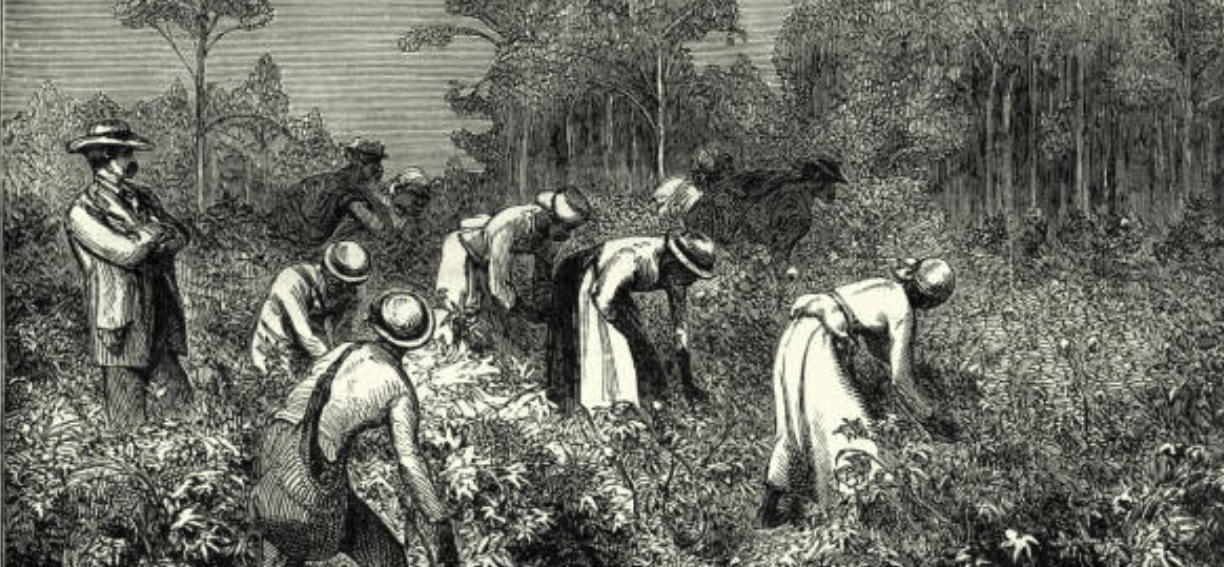
Drawing of Slaves Picking Cotton. Image courtesy of Slavery Images.

Drawing of Slaves Picking Cotton. Image courtesy of Slavery Images.
Race-based slavery was brought to America in the 1600s as a means of cheap labor to produce cash crops. Even after slavery ended in 1865, there were still major disparities in rights between European-Americans and African-Americans despite the 14th and 15th Amendments.

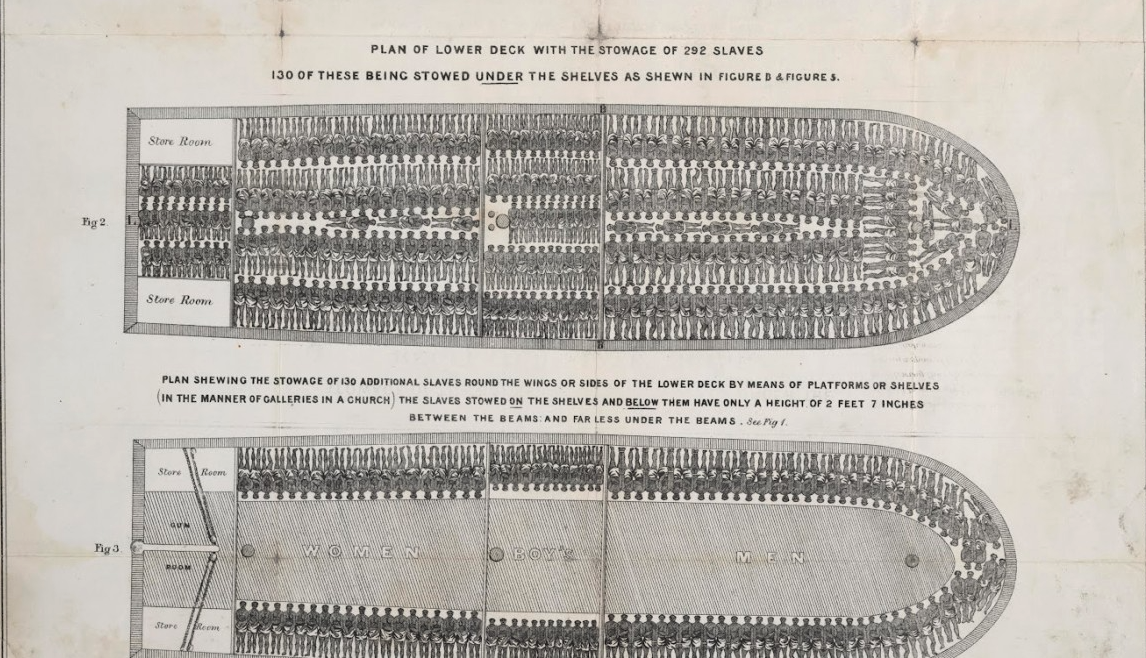
Brooke's Slave Ship carrying 292 slaves. Courtesy of Historians Against Slavery.
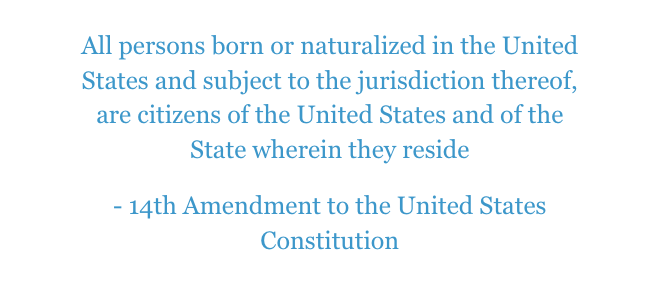
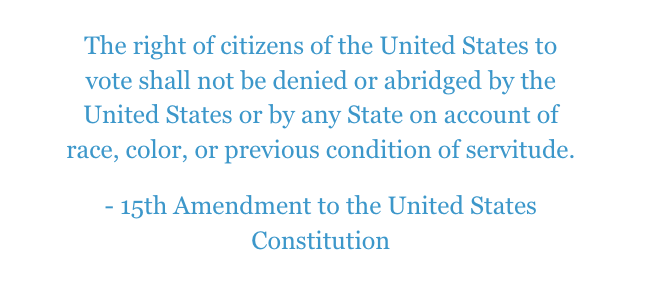

African Americans' newly gained rights were quickly eroded by legal decisions such as the Supreme Court case Plessy v. Ferguson, which upheld the constitutionality of racial segregation using the infamous “separate but equal” doctrine.
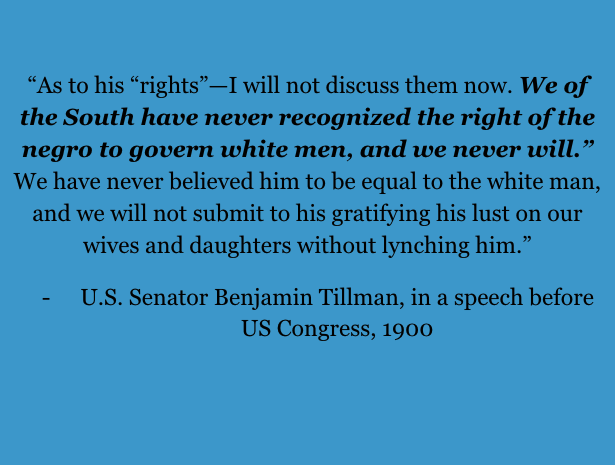

Man drinking from a segregated water fountain. Image courtesy of Sophie Bella Photos.
Many barriers prevented African-Americans from taking part in democracy and utilizing the rights that their Caucasian counterparts enjoyed. Prior to the 1950's and 60's, the lack of ubiquitous visual media prevented effective national news coverage of the injustices that the African-American community faced in parts of the country. As a result, large sections of the American public were unaware of these issues, leading to slow initial progress in the civil rights movement.